
Protect plants from cold and frost in winter
Methods and advice
Contents
As winter approaches, in harsh climate or when a cold snap is forecast in mild climate, it may be necessary to protect some plants from cold. Indeed, while truly hardy plants are unaffected, less hardy ones may not withstand severe frost and sub-zero temperatures, whose effect is often amplified by wind and rain.
This applies to many Mediterranean or exotic plants grown in the open ground in the garden.
For this, several methods exist that should be adapted to each plant type and combined, if necessary, for maximum protection!
→ Also listen to our audio podcast: Cold, a natural ally in the garden
Protect plant stumps with mulch (straw, dead leaves)
Mulching is not only used to prevent evaporation and the emergence of weeds; it also provides excellent thermal protection. Indeed, a good layer of mulch acts like an insulating mattress, helping soil lose less heat, or even preventing it from freezing.
- Which plants?
This type of mulch is effective for protecting dahlia tubercles, deciduous perennial plants, rootstocks of some exotics such as hedychiums, and climbing plants that may freeze but regrow from the stump (such as bignonia and jasmine).
- What to use as mulch?
In winter, for thermal protection, favour dry materials such as straw or dead leaves. Loose, they provide more effective protection than wood chippings. Because they do not retain too much moisture, they also avoid any risk of mould.
- How to proceed?
Don’t skimp on quantity; do not hesitate to spread a thick layer of 20–30 cm and expose plant collars slightly to avoid excess moisture.
- When to mulch?
For mulch to be effective, do not wait until mid-winter. Apply from late autumn, before soil becomes too cold. However, do not mulch if cold is already established and soil is frozen: you would only trap the cold.
- And after?
By spring, this mulch will have largely decomposed. Depending on what remains on the soil, you can either leave it in place or add it to compost (or put it elsewhere) if you wish to make new plantings or sow.
→ to read on the subject: “Mulching: why and how?” and “Dead leaves: how to use them in the garden”
Read also
Hardy plants and hardinessProtect above-ground parts with winter fleece
Called by some “bridal veil”, the winter fleece is a non-woven fabric (polypropylene) more or less lightweight (weights may vary) that allows covering plants while letting air and light through. They are used in the vegetable garden, to protect vegetables and early sowings from cold, but also in the ornamental garden, to protect the most tender bushes, from wind and cold.
- Which plants?
Mediterranean plants such as oleander, abutilon, callistemon… and, more generally, all bushes that cannot tolerate temperatures lower than those usually experienced in winter in your area. Some hardy plants may also be affected in exceptionally severe frosts and when it is a question of protecting flower buds of early bloomers such as camellias. Very hardy but young plants can also benefit from protection.
- Which winter fleece to choose?
There are several types of winter fleece differentiated by their weight. The most common is P17 (17 grams per m²), but, if you look carefully, you can find P30 and even P60 which provide even more effective protection. They are also more robust. You can also use the fleece in several layers to strengthen protection.
Winter fleeces are sold by the metre or as ready-made covers, sometimes even with a zip. The latter are more expensive and only practical if you have chosen a size that fits your bushes well (which is not always easy to judge). We therefore recommend buying by the metre!
Warning: in garden centres you will often find, in the same aisle, forcing films made of plastic and sometimes even bubble wrap. They are not at all suitable for protecting bushes because they create condensation. Finally, and even if you are taken by surprise, do not cover your plants with a bin bag (special dedication to one of my neighbours who may recognise himself): that will not protect from cold and will kill your plant, especially if you delay removing it!
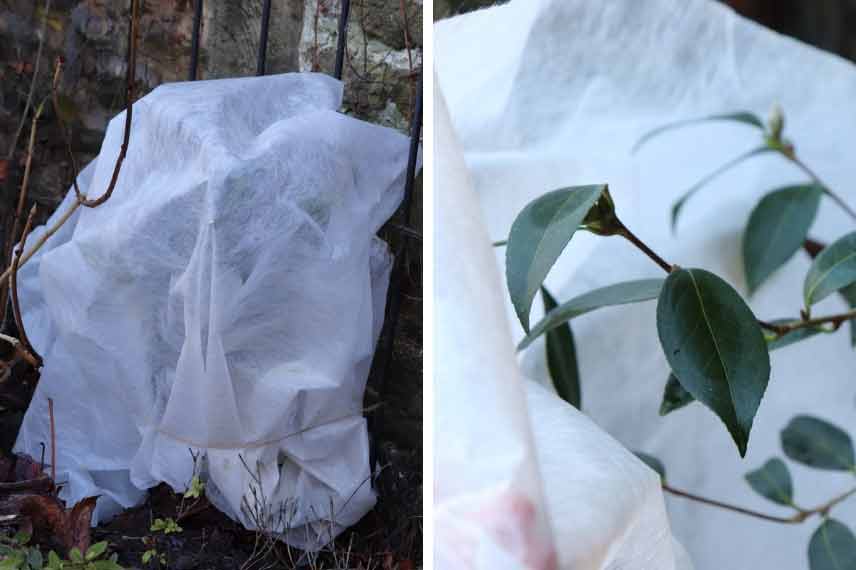
Young camellia protected by winter fleece
- How to put up a winter fleece?
Putting up a winter fleece is a simple operation. Here’s how:
· Cut a piece of fleece large enough to cover whole plant,
· Wrap fleece around the bush,
· Using string, secure fleece at the base and at the top.
Once fleece in place, feel free to complete protection by covering base of your bush with a thick layer of dead leaves or straw.
- When to put on the winter fleece?
The need to put on a winter fleece depends on your climate and the hardiness level of plants to protect… If you live on the Atlantic coast, there is no need to “mummify” your entire garden from the end of November! However, if you have planted a callistemon in Alsace or in any other region where cold is frequent, severe and long-lasting, it is wise to put it on at the first signs that winter is setting in.
- When to remove the winter fleece?
Even though winter fleeces are breathable, your bushes need fresh air. If you live in a mild climate, you can remove the fleeces as soon as the period of intense cold is over. In a cold climate, wait until the start of spring, but, in case of a temporary thaw, do not hesitate to open the fleeces a little, especially on sunny afternoons!
→ read on the blog: “Vegetable garden: protect sowings and crops from cold”
Discover other Mediterranean perennials
View all →Available in 2 sizes
Available in 3 sizes
Available in 2 sizes
Available in 2 sizes
Available in 2 sizes
Available in 2 sizes
Available in 1 sizes
Available in 1 sizes
Available in 2 sizes
Available in 1 sizes
Protecting exotic plants by "wrapping" or "bundling
Non-hardy exotic plants grown in the garden require bespoke protection tailored to their morphology.
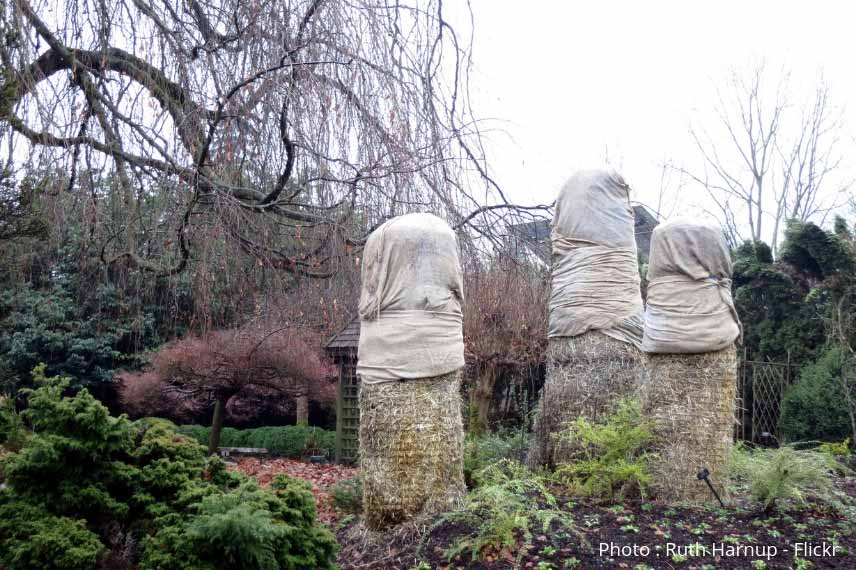
In Canada, at VanDusen Botanical Garden, arborescent ferns are protected following best practice
- For which plants?
Banana plants, even hardy ones such as Musa basjoo, palms, gunneras…
- How to wrap up an exotic plant?
There are almost as many techniques as gardeners, some even building small greenhouses or sheds around their favourite plants!
For banana plants and arborescent ferns, simplest method is to:
- surround trunk with wide-mesh wire to form a large tube,
- fill it with straw or dead leaves,
- cover it with leaves cut from plant
→ to learn more, watch our tutorial videos:
Non-hardy palms as well as rosette plants such as yuccas and aloes are a slightly different case, because more than cold, they are vulnerable to excess moisture which can rot spear (next year’s leaves) or stipe, in case of palms. To avoid this problem — which would lead to death — it is advisable to cover crown with an umbrella, whether genuine or made from a plastic tarpaulin or a polycarbonate sheet, securely fixed.
Additionally, for palms, do not hesitate to wrap stipe (trunk) with winter fleece.
- When to intervene?
Growing non-hardy exotic plants requires caution. Protective measures should therefore be put in place in late autumn or early winter to avoid unpleasant surprises caused by cold or, for palms, heavy rainfall.
- And afterwards?
Protective measures should remain in place until spring and be removed just before growth resumes.
Sheltering succulent plants and cacti
In cold climates, it is more sensible to grow succulents and cacti in pots and overwinter them. In mild climates, if you’ve fallen for a dry garden where cacti and succulents mingle, you’ll need to build shelters for them. Indeed, like exotics, these plants dislike both ambient humidity that prevails in enclosed spaces, soil waterlogged by winter rains and cold, even though some species, such as opuntias, show good hardiness.
- Which plants?
Agaves, opuntias, echeverias…
- How to protect these plants?
The first precaution is to plant them in poor, free‑draining soil that allows water to pass through in all seasons. To protect them from rain, you can opt for individual protections such as an umbrella or build more substantial shelters using stacked bricks topped with a sheet of polycarbonate or glass. These shelters should not be completely airtight: air must be able to circulate to avoid condensation that would lead to plant rot.
- When to act?
As with palms, monitor weather and be ready to put protections in place at first frost.
- And afterwards?
If ventilation is adequate, shelters can remain in place until early spring. Remain vigilant and don’t be caught out by a late frost! Likewise, especially if using glass, beware of very sunny days that can cause temperatures under shelter to rise sharply.
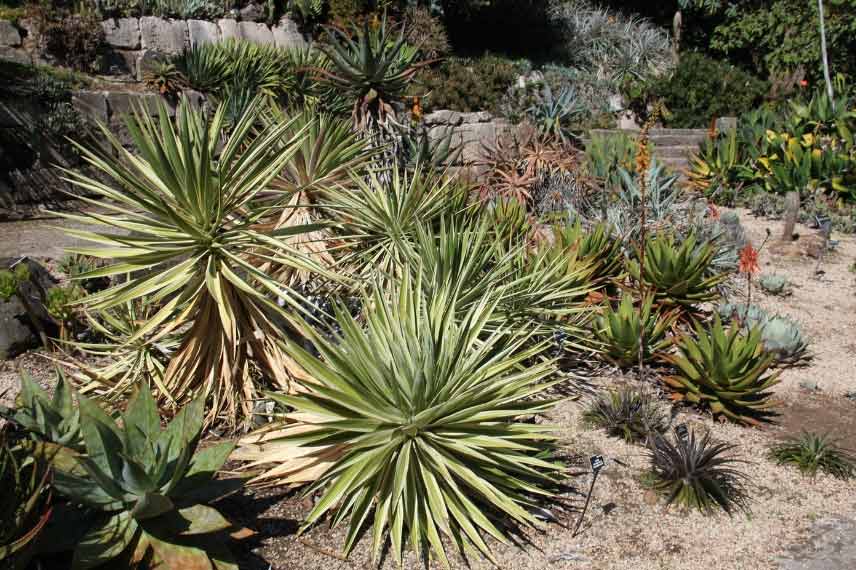
- Subscribe!
- Contents
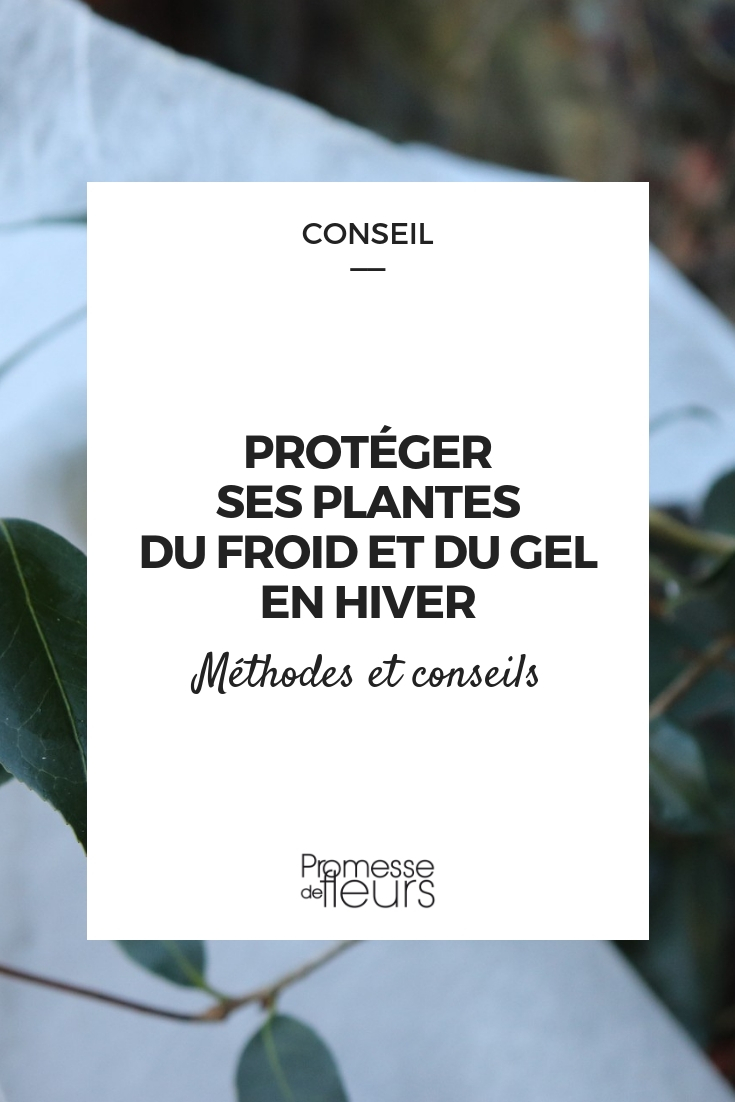































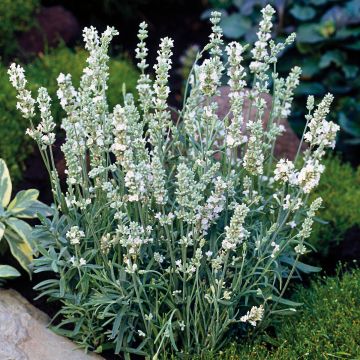
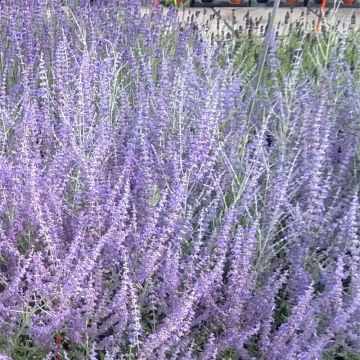
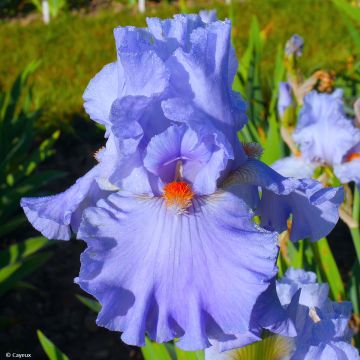
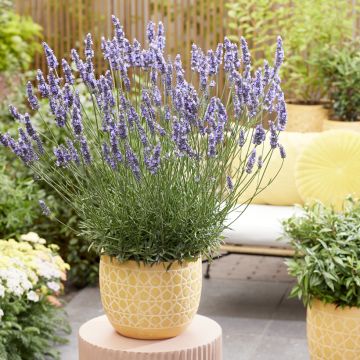

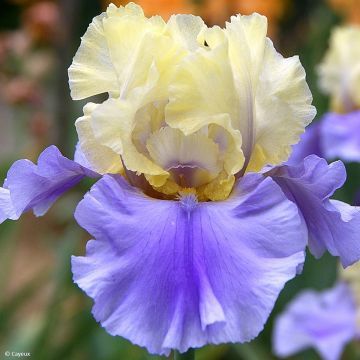
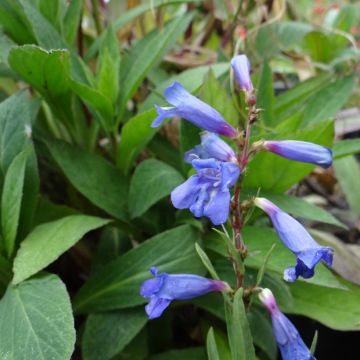
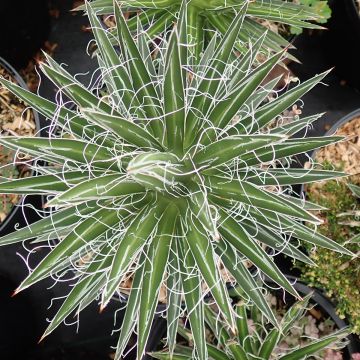
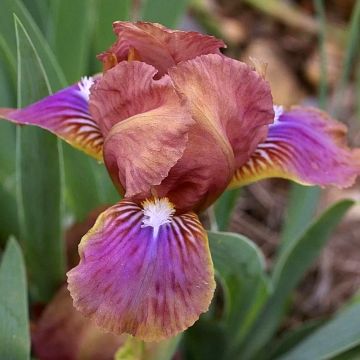
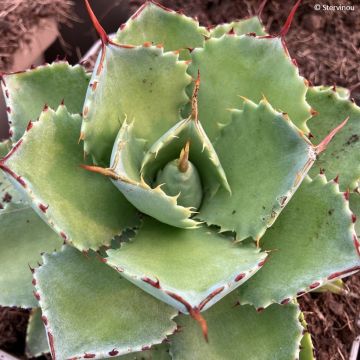
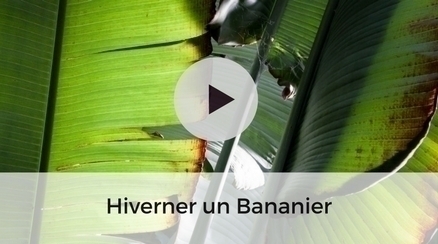
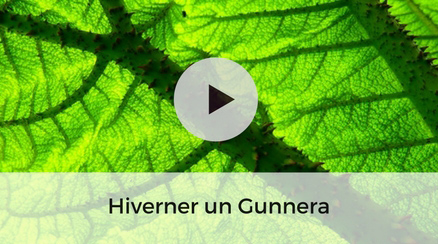
Comments